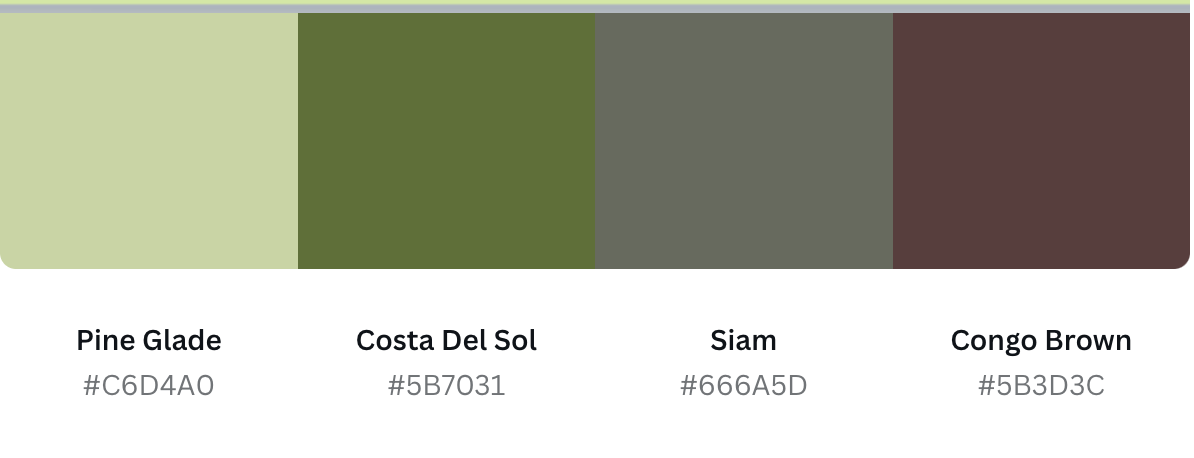

"From the very beginning, Haley showcased her expertise and dedication to the project. Her deep understanding of instructional design principles and her commitment to meeting our specific needs were evident throughout the collaboration. Haley's solution-focused approach, combined with her excellent communication skills, ensured a seamless and successful project.
“Throughout the project, Haley's communication and collaboration skills were outstanding. She consistently sought our input and feedback, ensuring that our vision and objectives were met. Her ability to incorporate our suggestions and address any concerns was commendable, resulting in a final course that exceeded our expectations."
“Thanks to Haley's expertise and dedication, our new members now have the knowledge and skills necessary to confidently work with clay and ceramic tools. The eLearning courses she developed have had a significant impact on our studio, reducing errors and improving overall productivity. Haley's approach and her ability to develop a tailored solution to our specific needs have been invaluable to the success of our studio"





